These 11 kinds of vegetables are especially suitable for sprinkling some "grass and wood ash", insects take a detour, the leaves are shiny and the fruits are sweet! You can't finish it at all!
In the process of growing vegetables at home, many people will encounter two major problems: first, pests and diseases are frequent, and spraying is worried about residues; Second, the vegetables grow weakly, the leaves are yellow, and the fruit is small.
In fact, to solve these problems, there is no need to rely on complex pesticides and fertilizers, and the plant ash left over from burning the fire is a "natural treasure". It can not only supplement nutrients to vegetables, but also repel pests, especially suitable for these 11 kinds of vegetables, after using the leaves are shiny, the fruit is sweet, and you can't finish it one after another!
First of all, let's talk about the "outstanding" of plant ash. It is the residue of plant burning and is rich in potassium, which is the "key nutrient" for the long leaves and fruits of vegetables, which can make the stems thicker and the fruits sweeter; At the same time, plant ash is alkaline, which can adjust soil pH and inhibit the growth of pests such as aphids, spider mites, and maggots, because most of these pests like acidic environments and will "take a detour" when they encounter alkaline plant ash.
And it comes from a convenient source, whether it is the ash left over from burning firewood or the residue after the burning of litter leaves, as long as it is not doped with harmful substances such as plastics and paints, it can be collected and used.
Next, FANMIMI will give you an inventory of 11 kinds of vegetables suitable for sprinkling grass and wood ash to see how to use it for the best effect.
The first is leeks.
Leeks are sprinkled with grass and wood ash, and three eagles are killed with one stone.
Potassium supplementation and flavor enhancement: Potassium can make leek leaves thick, leaf color strong, spicy flavor more sufficient, and the pot will not "collapse".
Deworming and anti-maggots: alkaline gray choking nose, seed flies and leek maggots adults dare not step aside; It also has a "root-smoking" effect on leeks that have been drilled to reduce root rot and collapse.
Bactericidal and disease-inhibiting: Potassium carbonate and other salts in the ash have a killing effect on fungal spores such as gray mold and phytophta, and are most effective in spring when it is wet and cold.
The second is tomato. Tomatoes are especially needed during the fruiting period, and sprinkling plant ash can reduce cracking and make the fruit fuller. When planting, sprinkle a handful of plant ash at the bottom of the pit, which can not only prevent maggots from gnawing roots, but also use base fertilizer; Sprinkle a circle around the roots every week after fruiting, and also prevent umbilical rot, and the tomatoes that bear out are large and sweet.
The third type is chili peppers. Peppers are afraid of waterlogging and insects, and sprinkling grass ash on the roots can not only loosen the soil to prevent rotten roots, but also drive away underground pests; Moreover, the calcium in plant ash can reduce the "umbilical rot" of peppers, so that the peppers are evenly red and spicy, and more than 20 can be picked in one crop.
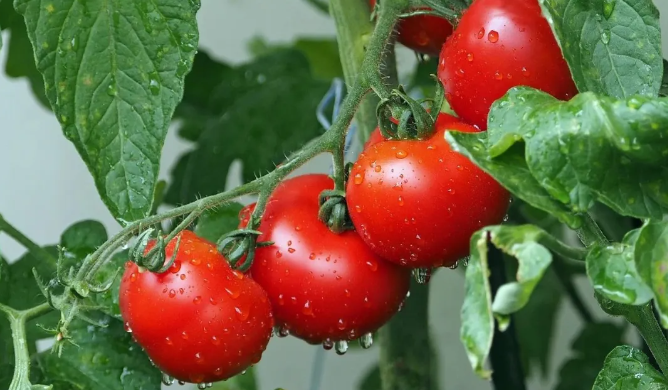
The fourth type is eggplant. Eggplant leaves are large and need a lot of fertilizer, so regularly sprinkle grass ash on the leaves (pay attention to avoid rainy days), which can not only supplement nutrients, but also prevent spider mites; The skin of the eggplant is smooth and without spots, and the weight of a single fruit can be increased by one tael.
The fifth type is beans. Beans are easy to "fall flowers and pods", sprinkle a handful of plant ash before flowering, potassium can promote flowering and fruiting, and the beans produced are long and tender; At the same time, plant ash can prevent bean rust, extending the picking period from 20 days to 30 days.
The sixth type is cabbage. Cabbage is most afraid of aphids and vegetable green worms, and if the leaves are sprinkled with grass ash, the pests will be "choked away"; Moreover, plant ash can make the cabbage wrapped tighter, reduce the "dry heartburn", and a cabbage can grow up to 3 pounds.
The seventh type is radish. The underground rhizome of radish is afraid of underground pests, and sprinkling grass ash in the ditch when sowing can prevent maggots from gnawing on it; At the same time, potassium can make the rhizome of radish swell, crisp and sweet, without bitterness, and a single radish can grow up to half a catty.
The eighth type is carrots. Carrots have a long growth period and are prone to potassium deficiency, and sprinkle grass ash can make the rhizome thicker and the skin smooth; Moreover, plant ash can inhibit germs in the soil, reduce "split ends" of carrots, and have a better appearance.
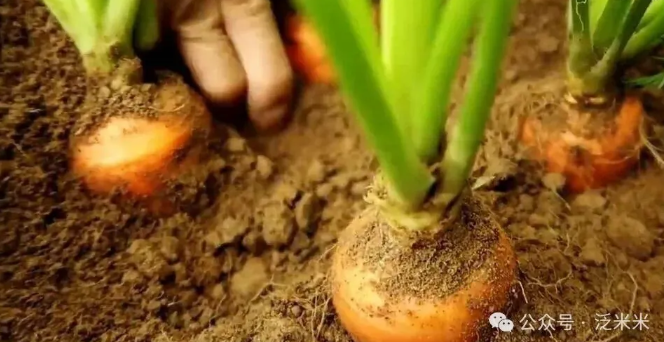
The ninth type is spinach. Spinach leaves are tender, easy to attract aphids, and pests dare not approach after sprinkling plant ash; At the same time, the iron in plant ash can make spinach leaves greener and more tender, and a crop can be harvested in 20 days.
The tenth is celery. celery is afraid of waterlogging, and sprinkling plant ash on the roots can enhance soil air permeability and prevent root rot; And potassium can make celery stalks thicker, reduce fiber, and taste more crispy and tender.
The eleventh is garlic. When garlic is sown, a layer of plant ash is wrapped on the petals, which can prevent mold infection and improve the germination rate; Sprinkle grass and wood ash during growth to prevent garlic maggots, make the garlic fuller, and a single garlic can form 2-3 more cloves.
However, there are also "small particularities" in using plant ash: first, it cannot be used with acidic fertilizers (such as urea, ammonium sulfate), which will reduce fertilizer efficiency; second, it cannot be scattered on rainy days, it will be washed away by rain, it is best to choose a sunny morning or evening; Third, the dosage should be moderate, about 200 grams per square meter, too much will make the soil too alkaline, affecting the growth of vegetables.
欢迎关注微信公众号:泛米米的小菜园
12本阳台种菜电子书限时免费送
关注【泛米米的小菜园】,发送“电子书”免费获取
随时随地在手机上学习交流阳台种菜
这篇文章出自 fanmimi 如需转载请注明出处;
这篇文章的地址:https://fanmimi.com/2025/588.html
本站部分资源收集于网络,纯个人收藏,无商业用途,如有侵权请及时告知!
 阳台种菜如何应对台风天气?
阳台种菜如何应对台风天气?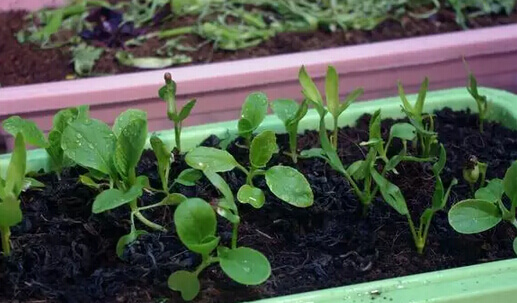 北京9月份适合种什么菜?北京秋季适合种什么蔬菜?
北京9月份适合种什么菜?北京秋季适合种什么蔬菜?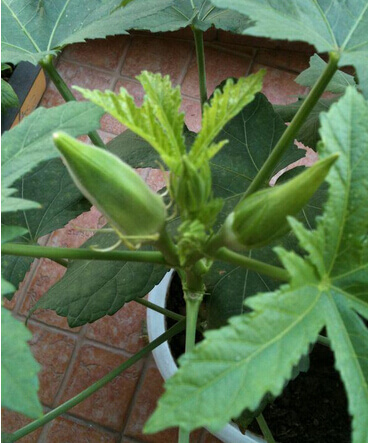 秋葵什么时候种植?阳台盆栽秋葵种植时间
秋葵什么时候种植?阳台盆栽秋葵种植时间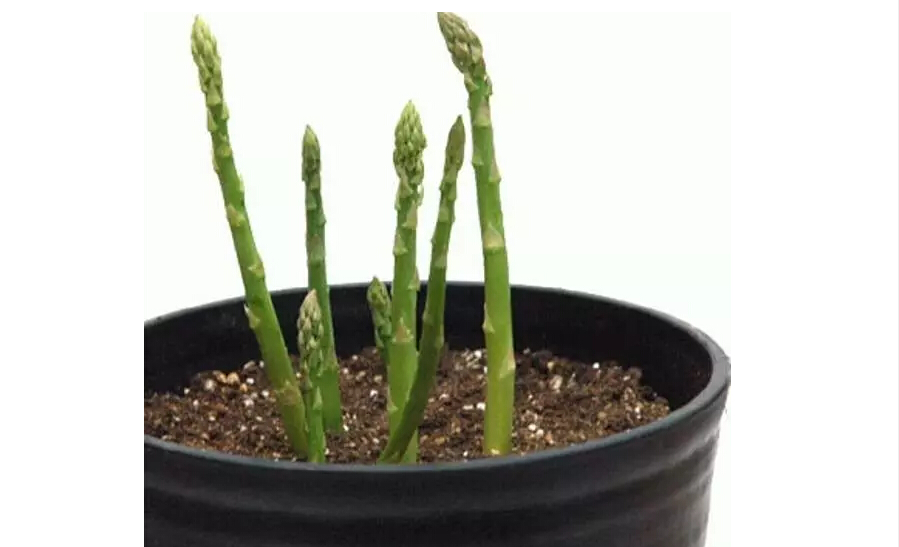 芦笋什么时候种植?阳台种菜芦笋种植时间
芦笋什么时候种植?阳台种菜芦笋种植时间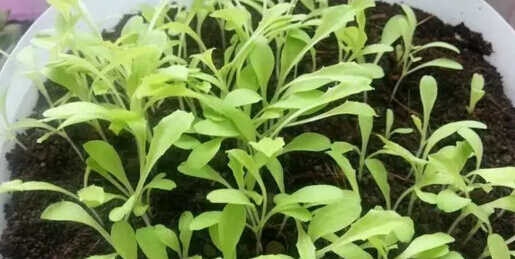 南方地区10月份适合种什么菜?阳台种菜
南方地区10月份适合种什么菜?阳台种菜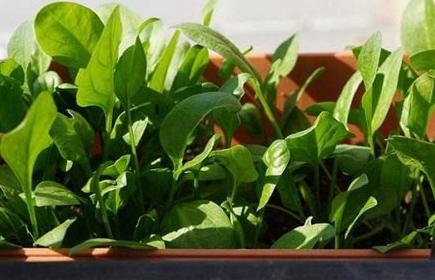 如何选择种菜盆的大小?阳台种菜盆多大合适?
如何选择种菜盆的大小?阳台种菜盆多大合适?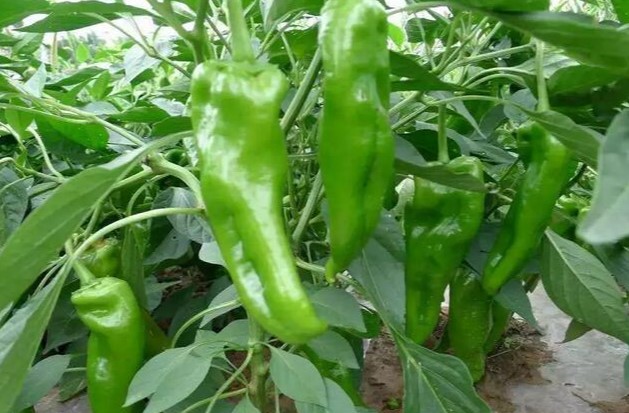 种的辣椒开花后直接掉落,不结辣椒果实是什么原因?
种的辣椒开花后直接掉落,不结辣椒果实是什么原因?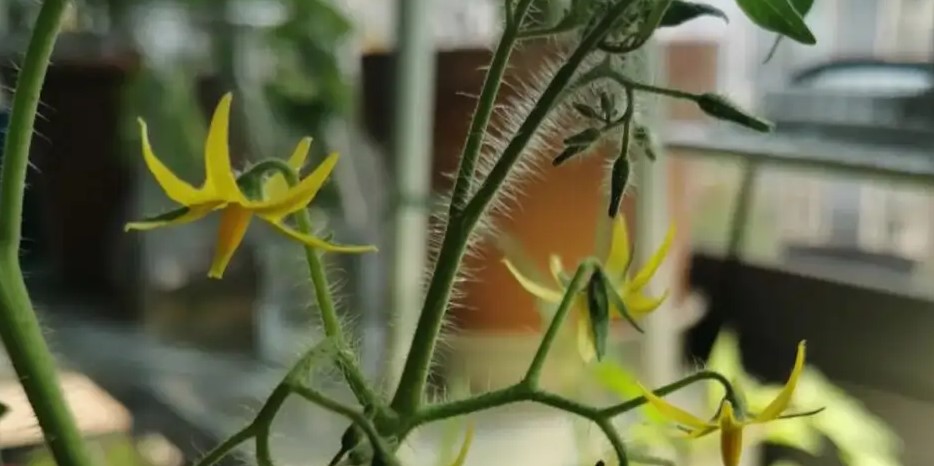 种的番茄的开花后直接掉落,不结果是什么原因?解决番茄"开花不结果"的终极指南!
种的番茄的开花后直接掉落,不结果是什么原因?解决番茄"开花不结果"的终极指南!